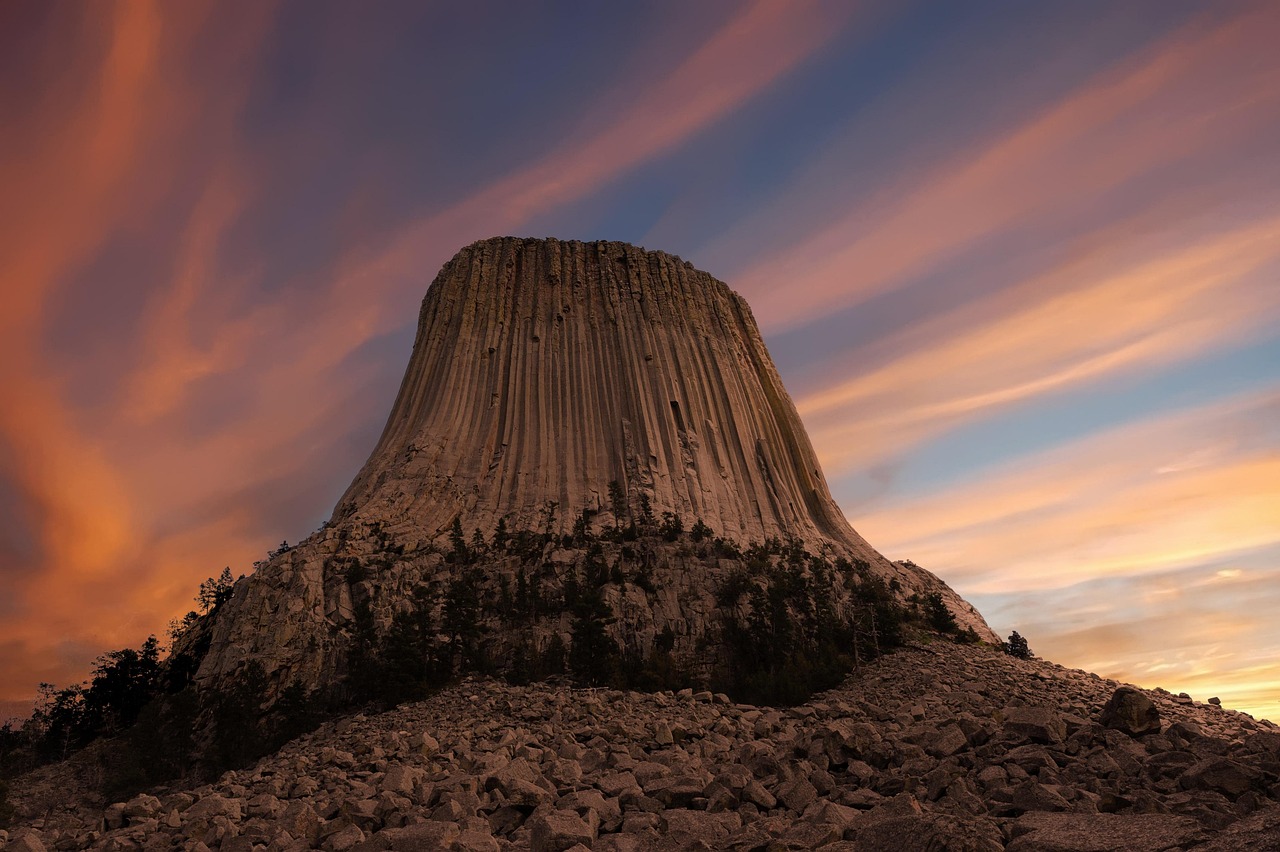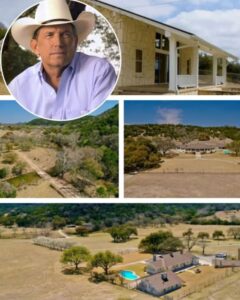By Travel Editorial Team
8 min read
Fast Facts
Location: Northeastern Wyoming, USA
Established: September 24, 1906
Designation: America’s first National Monument (by President Theodore Roosevelt)
Height: 867 feet (265 m) from base to summit
Base Circumference: ~1 mile (1.6 km)
Native Name: Bear Lodge (Mato Tipila in Lakota)
Managed By: National Park Service
Why Go and What to Know
Devils Tower rises suddenly from the Wyoming plains—a colossal column of volcanic rock, striped with vertical grooves that catch light like a natural cathedral. To many Native American tribes, it’s a sacred site. To travelers, it’s an awe-inspiring landmark that seems to defy geology itself.
This striking monolith became the first U.S. National Monument in 1906, symbolizing the nation’s commitment to preserving natural wonders. Today, it remains a place where myth, science, and adventure meet. Whether you come to climb its sheer walls or to marvel from below, Devils Tower offers a glimpse of nature’s power and mystery.
The Story Behind the Tower
Geologists believe Devils Tower formed about 50 million years ago, when molten magma pushed upward beneath ancient sediments and cooled underground. Over time, erosion stripped away the softer layers, leaving the hardened core exposed.
For Native tribes—including the Lakota, Cheyenne, and Kiowa—this site holds deep spiritual meaning. Many legends describe the rock as the work of a bear’s claws—scratches left behind when the great creature tried to reach children lifted into the sky for safety. These “bear claw marks” remain one of the formation’s most distinctive features.
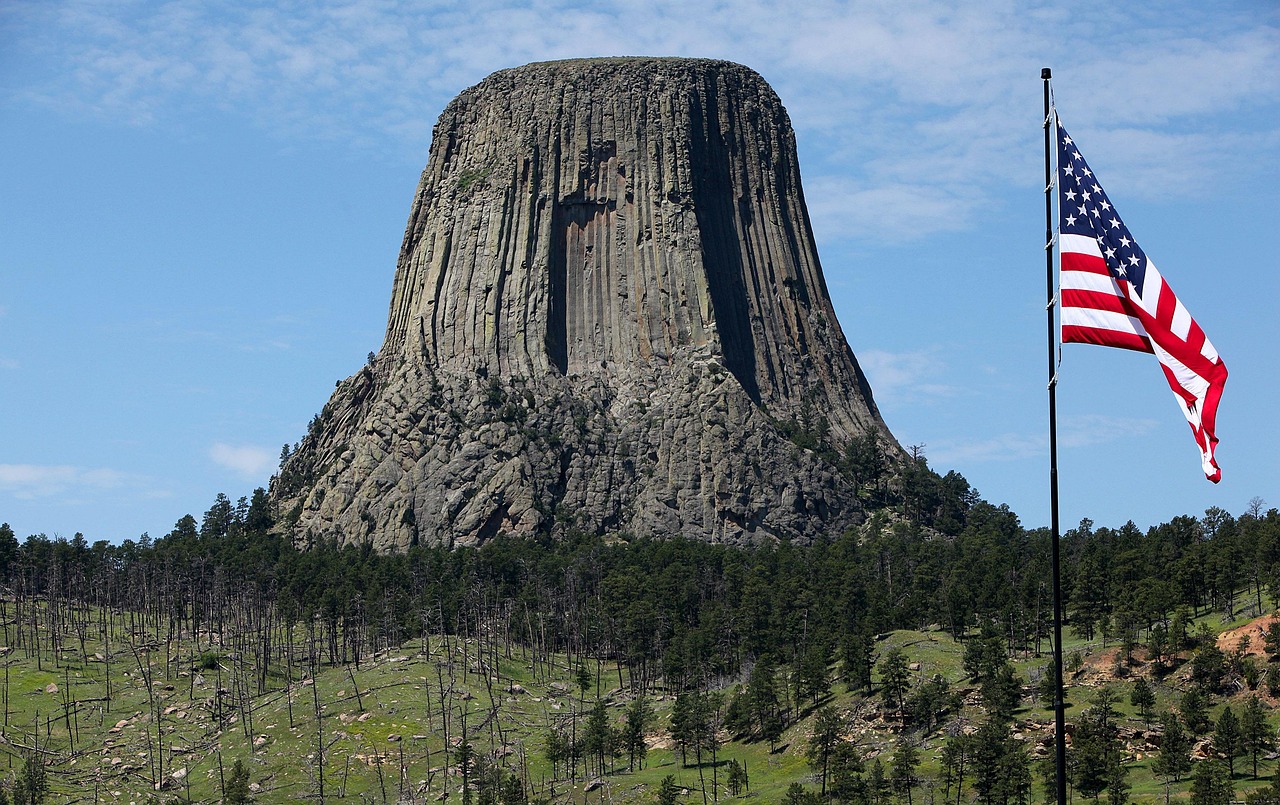
Top Attractions and Activities
1. Tower Trail
The most popular hike—an easy 1.3-mile loop around the base. It offers changing perspectives of the Tower and chances to see wildlife such as prairie dogs, deer, and hawks.
2. Red Beds Trail
A 2.8-mile loop that circles farther out, providing wider views and striking red sandstone formations contrasting against the gray tower.
3. Joyner Ridge Trail
Less crowded and excellent for sunrise or sunset photography. The angle here highlights the tower’s dramatic isolation above the plains.
4. Climbing Devils Tower
Over 5,000 climbers ascend its vertical cracks each year. Routes vary in difficulty, but even for experienced climbers, permits and respect for Native traditions (especially during June, a voluntary climbing closure period) are essential.
5. Prairie Dog Town
Near the entrance road, hundreds of prairie dogs chirp and scurry across the fields—an unexpected and charming highlight for visitors.
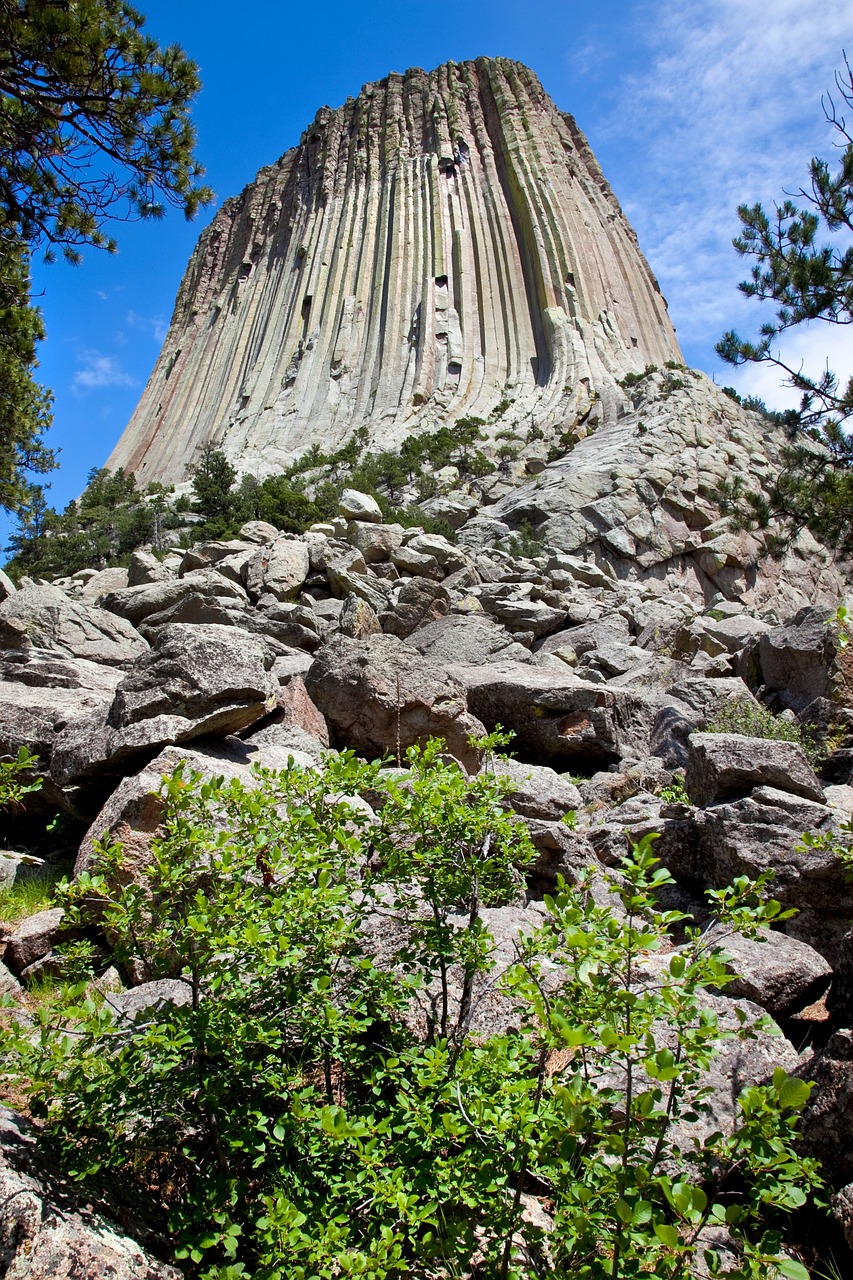
Cultural and Spiritual Significance
To many Indigenous nations, Devils Tower—Mato Tipila, or “Bear Lodge”—is a sacred site used for prayer, vision quests, and ceremonies. Visitors are asked to approach with respect and avoid disturbing prayer bundles or cloths tied to trees.
Each June, during the Annual Sun Dance season, many tribes gather nearby for ceremonies. The National Park Service cooperates with tribal leaders to ensure the area remains protected both as a geological wonder and as a living cultural landmark.
Plan Your Visit
Getting There
-
By car: About 33 miles northwest of Sundance, Wyoming; 60 miles from Gillette; 110 miles from Rapid City, South Dakota.
-
Airports: Rapid City Regional Airport (RAP) is the nearest major hub.
-
Nearest town: Hulett, WY (9 miles away) offers lodging, food, and gas.
Entrance Fee
-
$25 per private vehicle (valid for 7 days).
-
Free for those with a National Parks Pass.
Where to Stay
-
Inside the monument area: Belle Fourche Campground (first-come, first-served).
-
Nearby towns: Hulett, Sundance, and Moorcroft offer motels, cabins, and RV sites.
-
Camping tip: Reserve early in summer; fall offers cooler, quieter stays.
When to Visit
-
Spring (Apr–Jun): Lush grasslands and mild weather.
-
Summer (Jul–Aug): Peak visitor season; best for family trips.
-
Fall (Sep–Oct): Ideal temperatures, golden colors, and fewer crowds.
-
Winter: Limited services but hauntingly beautiful with snow.
Travel Tips
-
Bring water—Wyoming’s dry air can dehydrate quickly.
-
Stay for sunset; the rock glows amber and pink in late light.
-
Respect closures during Native ceremonies.
-
Nighttime stargazing here is exceptional—Devils Tower is an official International Dark Sky Park.
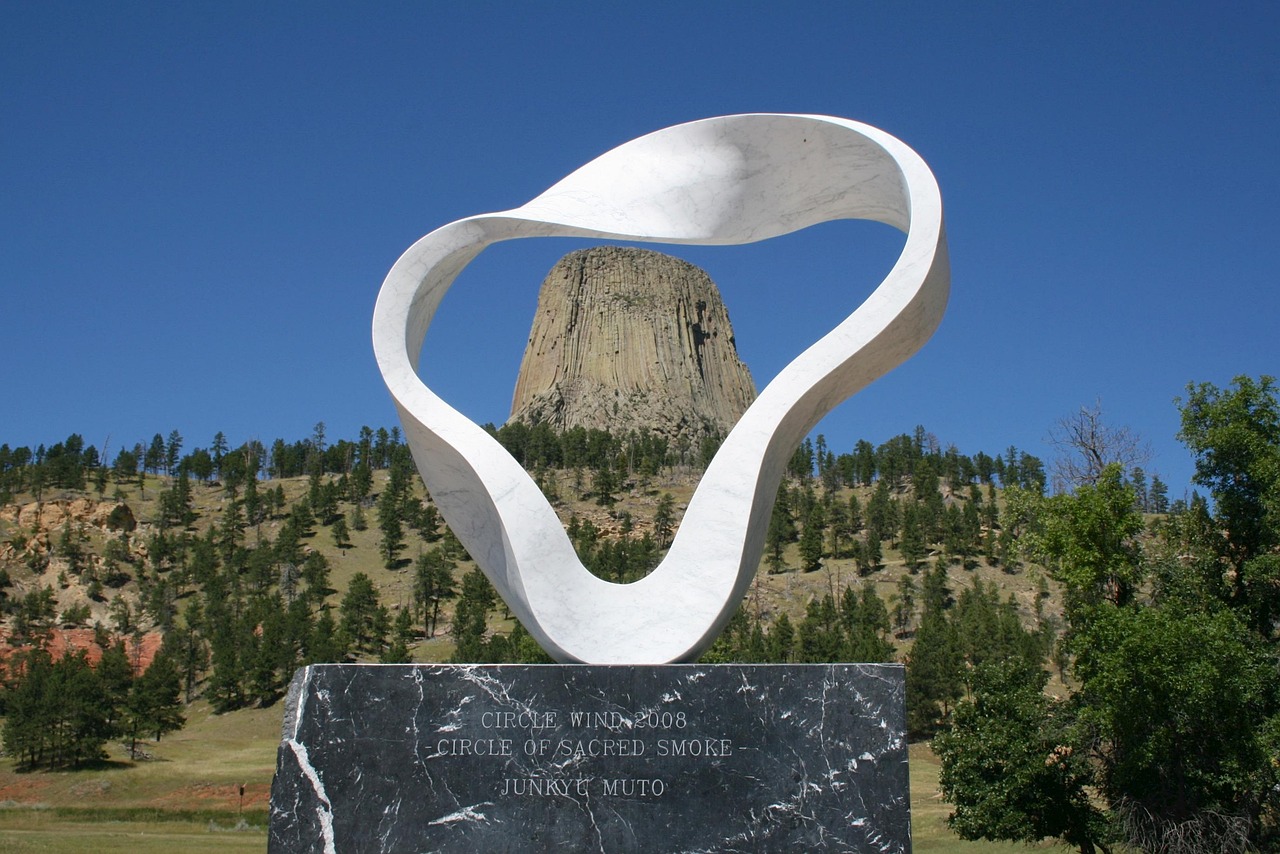
Fun Facts
-
The Tower’s exact geologic type is debated—igneous intrusion or volcanic neck.
-
Steven Spielberg featured it in Close Encounters of the Third Kind (1977), forever linking the monument to UFO lore.
-
The name “Devils Tower” likely came from a misinterpretation of a Native term meaning “Bad God’s Tower.”
Why Devils Tower Inspires Awe
Standing before Devils Tower feels like standing before time itself. It’s both ancient and timeless—a bridge between earth and sky, science and legend.
Whether you come for solitude, adventure, or reflection, you’ll find that this Wyoming landmark embodies the untamed beauty and mystery of the American West. Few places so perfectly capture what the frontier truly means: wide-open spaces, deep stories, and a sense that something greater watches from above.
